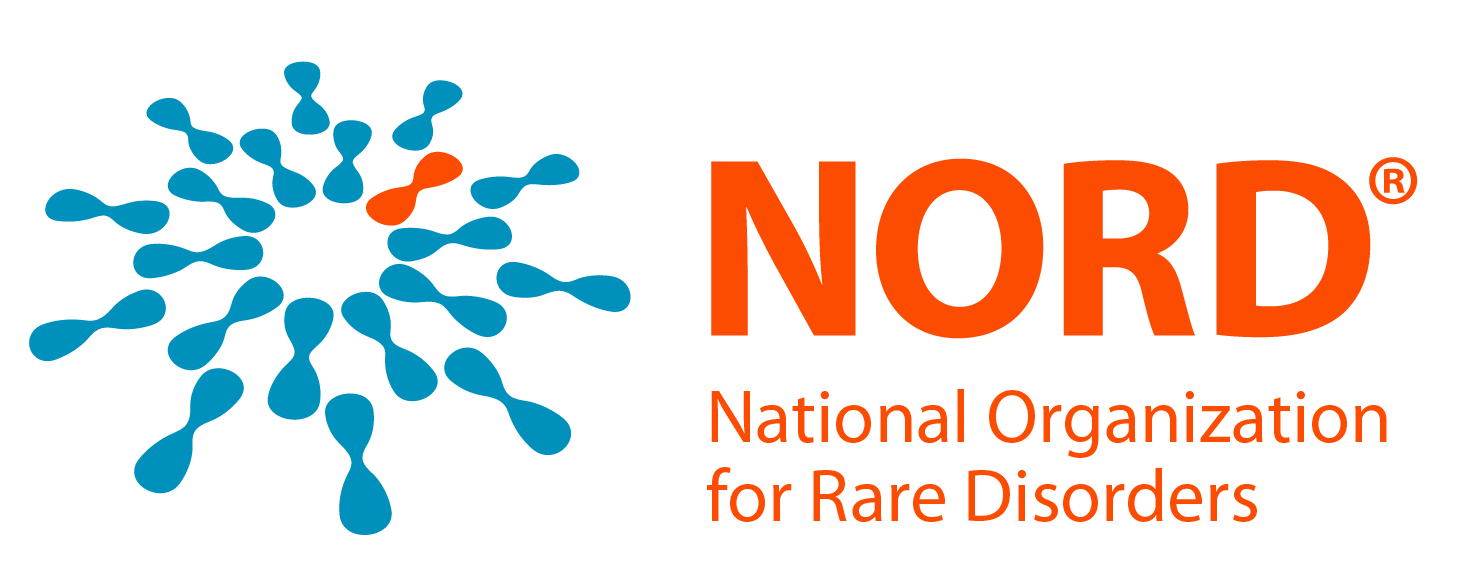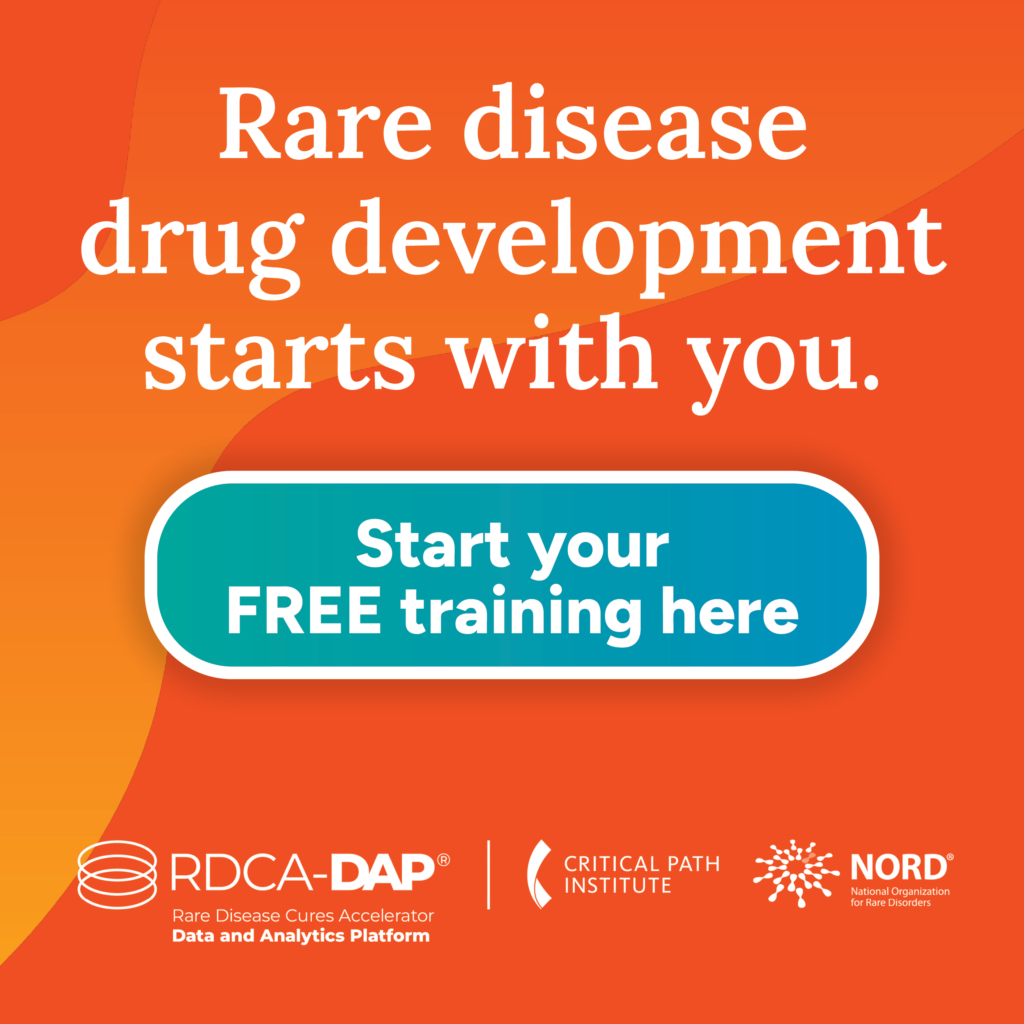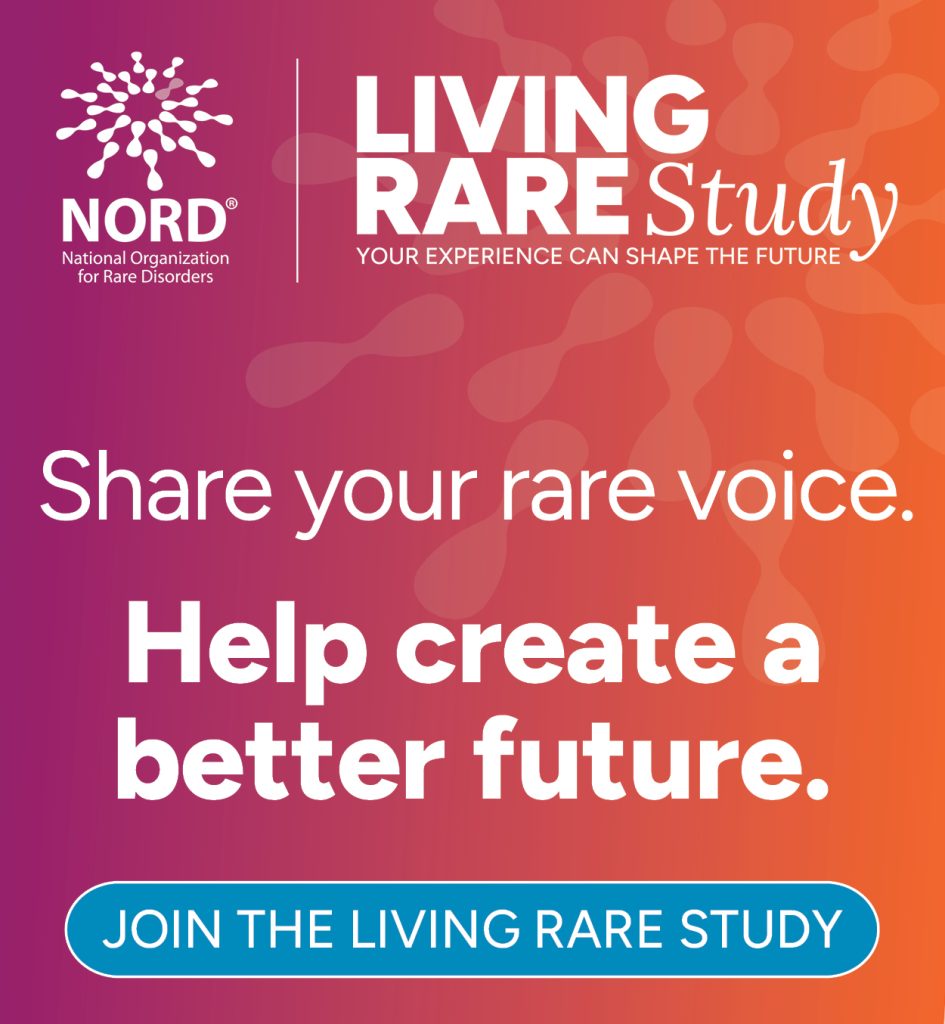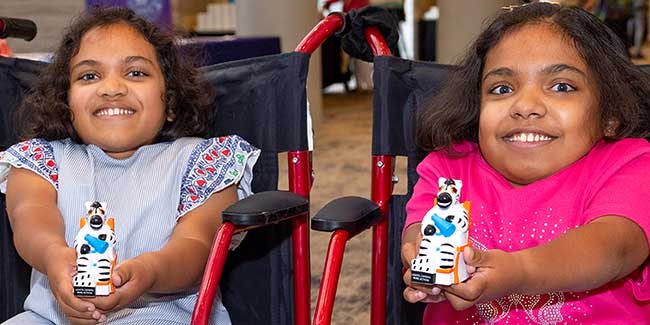Washington, D.C., October 5, 2017—As part of its ongoing series to promote awareness and education regarding rare diseases, the National Organization for Rare Disorders (NORD) has published a report on RYR-1-Related Diseases. This new resource is available free online to individuals around the world.
As the primary advocacy organization in the U.S. for people who have rare diseases, NORD provides educational resources for patients, caregivers and medical professionals. Disease-specific reports are developed in collaboration with NORD’s patient member organizations and independent medical experts. The reports can be accessed through NORD’s Rare Disease Database at rarediseases.org.
“People who have rare diseases often have difficulty finding accurate and easy to understand information about their condition,” said Marsha Lanes, MS, CGC, a genetic counselor and medical editor in NORD’s Educational Initiatives Department. “The purpose of NORD’s free Rare Disease Database reports is to provide information and resources to help those who may be dealing with little-known and misunderstood medical conditions.”
The report on RYR-1-Related Diseases was developed in collaboration with Michael F. Goldberg, MD, MPH, Co-Founder and President, RYR-1 Foundation, a NORD member organization.
“We are grateful to be associated with a highly respected organization such as NORD,” said Dr. Goldberg. “Having an official report for RYR-1-related diseases on the NORD website will allow us to help an even greater number of people who may be affected by this condition.”
RYR-1-related diseases are conditions caused by mutations in the RYR-1 gene. RYR-1 mutations can be associated with a wide range of symptoms including muscle weakness, motor delay, difficulty walking, scoliosis, facial weakness, and eye muscle weakness as well as muscle pain, exercise induced breakdown of skeletal muscle (rhabdomyolysis), and susceptibility to malignant hyperthermia, a severe and potentially fatal reaction to certain types of anesthesia. Mutations in the RYR-1 gene can lead to changes in the muscle cell that appear on a muscle biopsy, but because these findings are seen in several different conditions, genetic testing is necessary to confirm the diagnosis. RYR-1-related diseases affect approximately 1 in 90,000 people in the United States and likely go misdiagnosed or undiagnosed, making it difficult to determine the true frequency in the general population.
NORD has published more than 1,200 disease-specific reports in its Rare Disease Database. The patient advocates who established NORD considered it a top priority to provide information about rare diseases for patients and their families. As a result, they began to develop the Rare Disease Database shortly after NORD was established in 1983. In the 1990s, when NORD launched a website, the database became available online. The reports are accessed by millions of visitors around the world each year.
“Our goal is to provide resources for every person with a rare disease, whether you are recently diagnosed or further along in your patient journey. We are thankful to Dr. Goldberg and the RYR-1 Foundation for their assistance in developing this report,” Ms. Lanes said.




